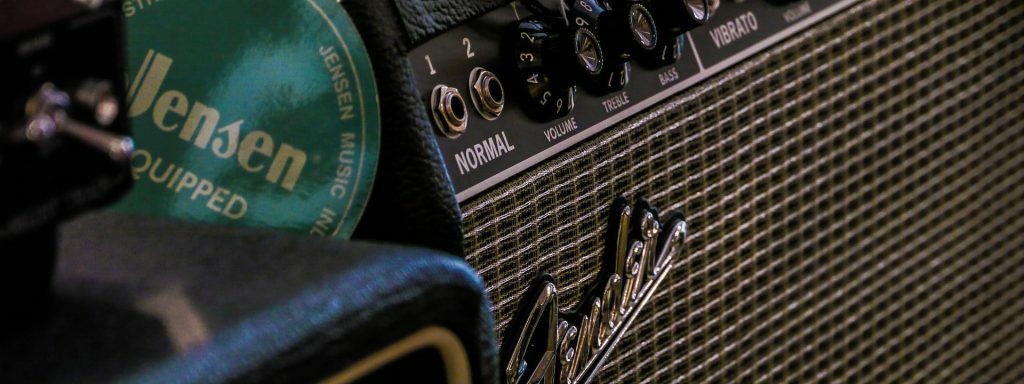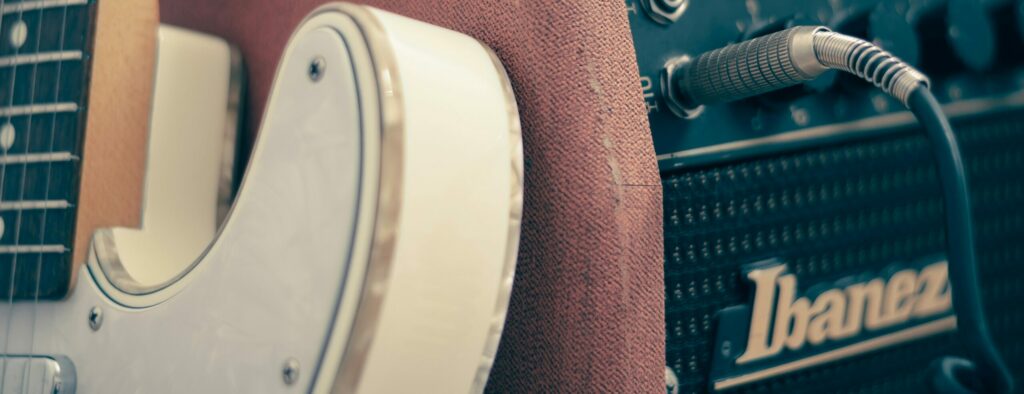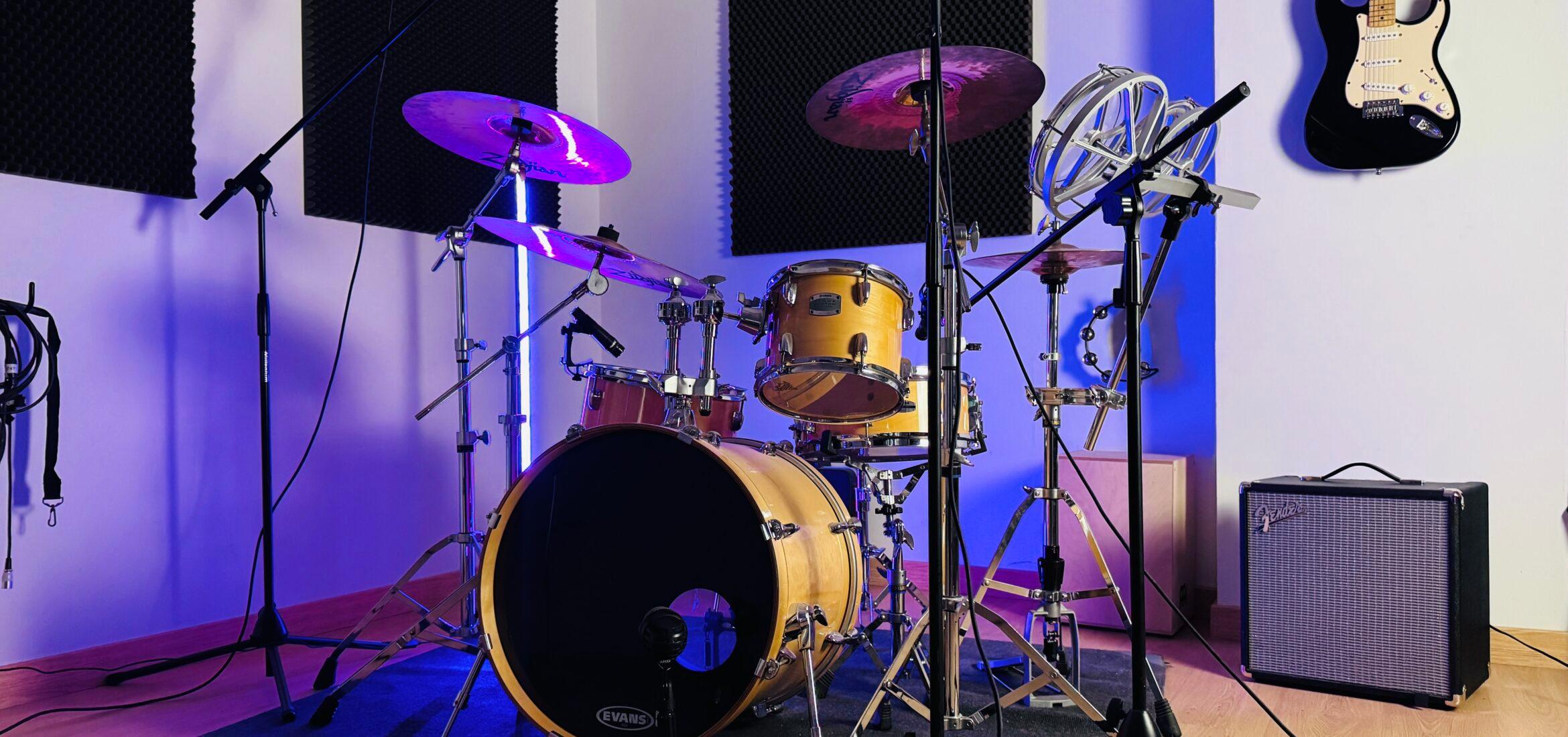Finding the perfect tone for each instrument is one of the most important jobs of an engineer or producer. It’s also one of the most difficult things to do. Matching tones is intricate and laborious work, though there are techniques to make this process easier. One of these techniques is called reamping (or re-amping).
Reamping is a process where a track is recorded directly and then sent back through an amplifier to be recorded again. This two-step process is typically applied to guitar recording, though reamping can be used for just about anything! This technique has become a staple for many engineers. Here are three reasons why.
1. Reamping Gives You Options
Perhaps the most obvious reason to reamp is that it gives you room to work. You could spend hours dialing in a good tone and recording it, only to discover later on that you’re not completely happy with it. If this happens, you either need to re-record the track with a new tone or spend even more time EQing what’s already there.

Reamping enables you to record with as many tones as you desire. When you reamp using multiple amplifiers, you can blend tones to optimize your desired sound (read: Guitar vs. Bass Amps: What are the Differences?). Regardless of your approach, this process allows you to focus on tone above all else, and recording becomes as simple as hitting a button once you move the mics and set the tones.
2. It Saves You Time
Recording and mixing consume a lot of time. Anything that simplifies these processes feels like a godsend. A significant advantage of reamping is that after you record a perfect clean guitar track, you never have to worry about re-recording that performance again. You can reamp this guitar track as many times as you want.
In other words, reamping allows you to easily separate the performance aspect of recording from the tonal aspect. Ultimately, you will likely spend the same amount of time searching for the right tone, whether or not you reamp. However, you won’t need to re-record anything during the process.
3. Reamping Can Create New Sounds
So far, we have mainly discussed reamping guitars. However, you can reamp any direct signal, whether it’s vocals, drums, ukulele, or anything else. While most of these instruments typically don’t get amplified, if you want to create effects with pedals or distort an instrument, reamping offers a fantastic way to discover new tones and layers for existing tracks.
For example, you can send a vocal track through a reverb pedal, re-record drums through an amp for additional layers, or reamp bass through guitar amps for distortion. Although many DAWs now feature numerous built-in plugins, making reamping seem outdated for achieving new tones, you may find that re-recording this way produces a more organic sound than digital filters and effects.

Conclusion
Reamping is a relatively simple recording technique that gives you options, saves time, and opens the door for new layers of sound. Tell us if you’ve ever tried reamping before and for which instruments.
Sobre el autor

Ethan Keeley
Escritor, locutor, músico y editor de audioEthan Keeley es músico, locutor y escritor de Rochester, Nueva York. Cuando no está de gira con su grupo Unwill, trabaja en nuevas canciones e historias.
Deja un comentario
Inicia sesión para comentar


